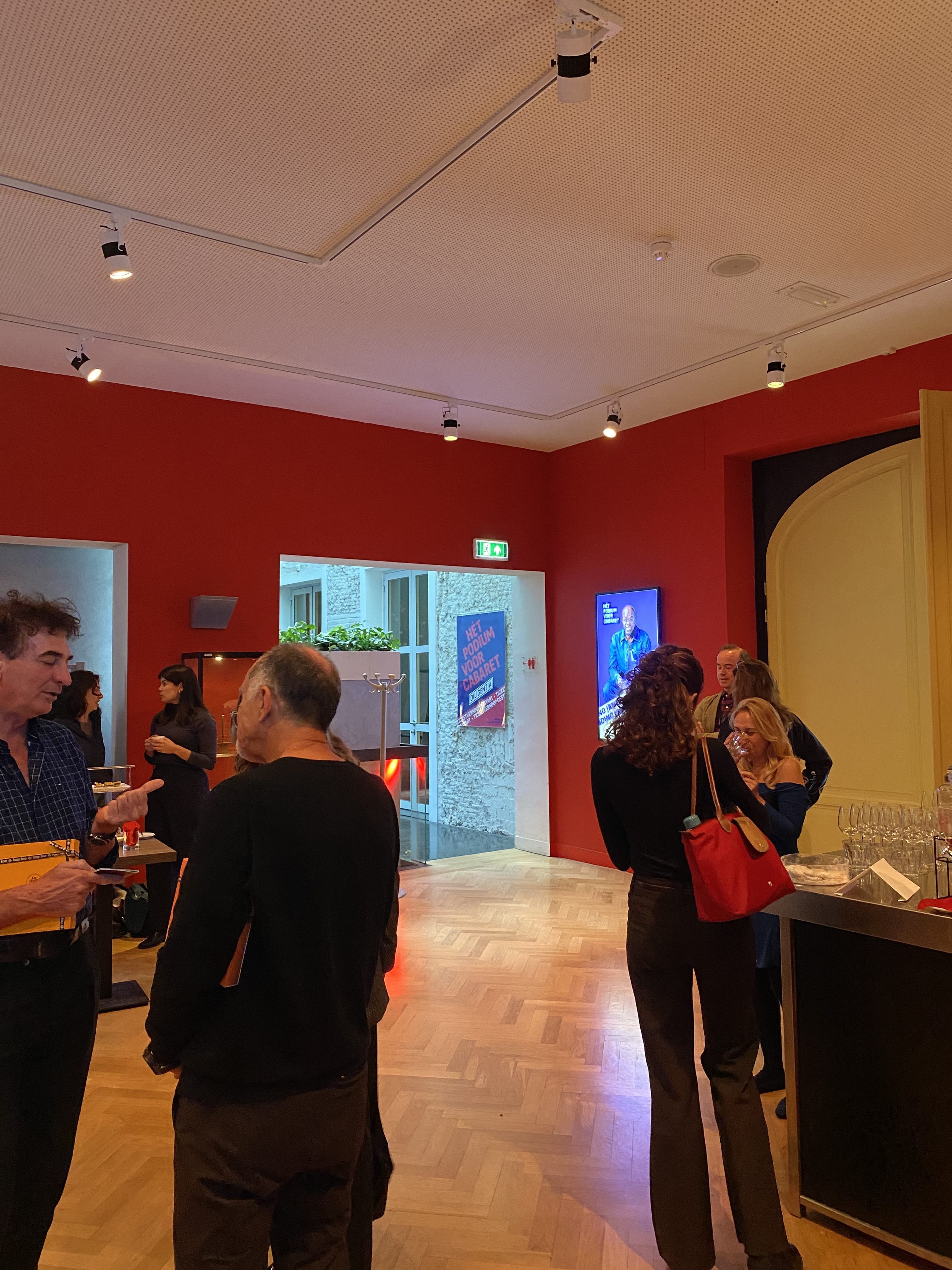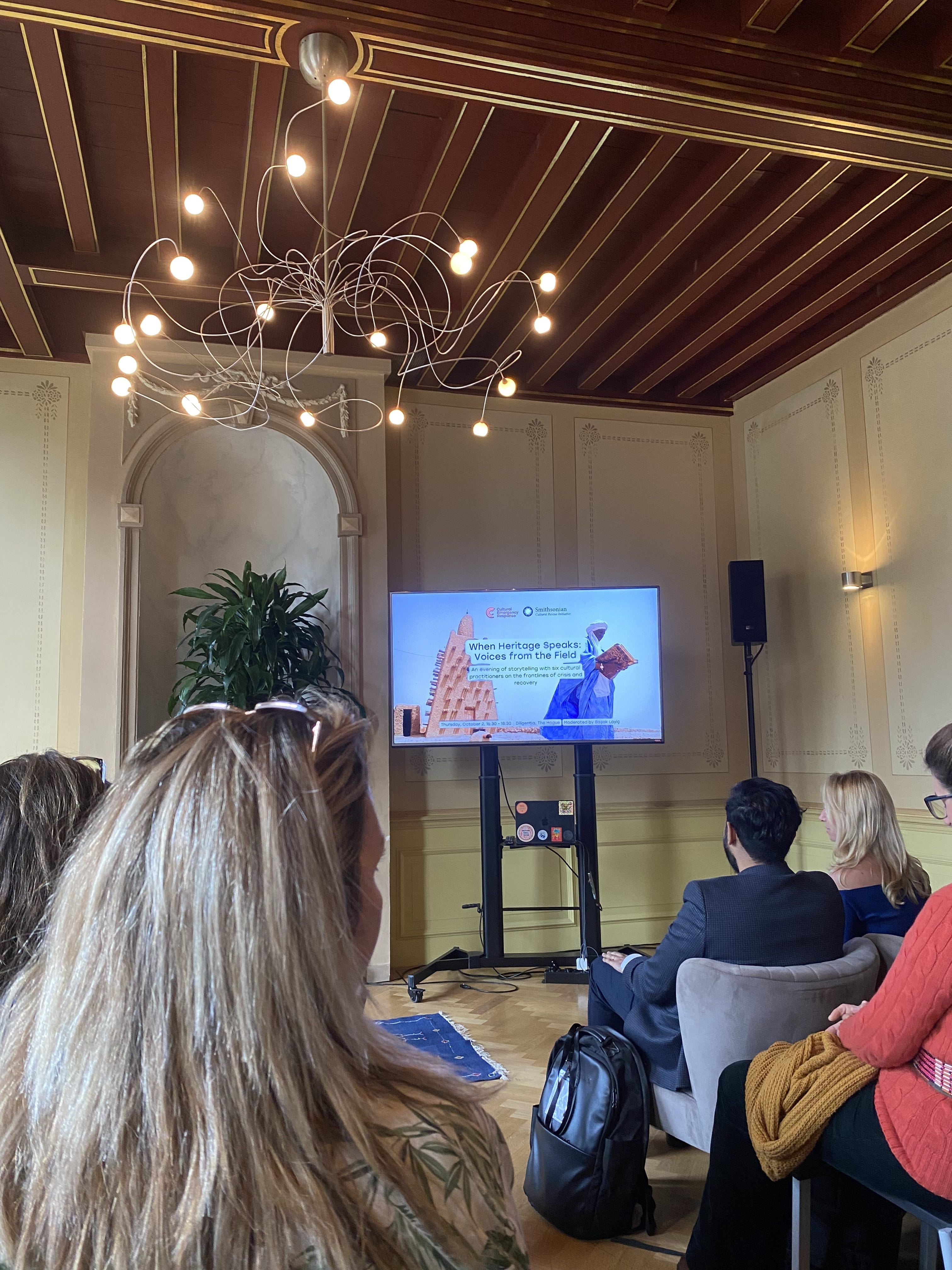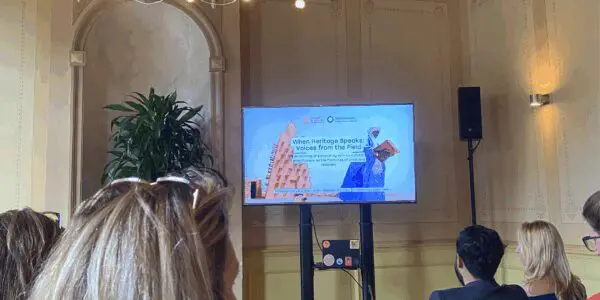What does heritage have to do with peacebuilding? As it turns out, a great deal.
The impact of crisis – whether that be conflict, natural disasters, or climate change – on heritage is well known, as the world has mourned many times over damage to historical artefacts. What’s less well known is how this relationship goes the other way, too, with heritage contributing to conflict prevention and peacebuilding.
Attention to this relationship is built into the philosophy of Hub member, Cultural Emergency Response (CER). Cultural Emergency Response describe themself as a ‘cultural ambulance’, providing fast and flexible financial support and expertise to support local communities assess risks and damages, implement stabilisation, and conduct early recovery measures when heritage is impacted by crisis. CER also work to make global heritage more sustainable, locally-led, and inclusive, advocating for deep links between heritage, climate adaptability, conflict resilience, peacebuilding, humanitarian aid and more. Last month, in an event hosted by CER, speakers with firsthand experience of heritage in crisis shared the importance of this work through the art of storytelling.

Heritage preservation as cultural preservation
Although heritage sites are often of global historical significance, heritage is nonetheless always inextricably linked to a particular community and forms the ‘tangible’ part of a culture which cannot be separated from the intangible. According to one storyteller, in order to preserve cultures experiencing crisis, the tangible elements such as buildings, documents, etc, must be saved, as ‘it is a very different thing to visit your childhood home than to simply say ‘there was once a house here’’.

In the case of the looting of the Baghdad museum in Iraq during the US invasion, the destruction of heritage was “a destruction of their own identity”, and this destruction “is never limited to simply one item or the person who witnessed it”. In the wake of such destruction, the storyteller spoke of the void that begins to take shape – “it has a form, and it takes over you.”
What heritage preservation means for communities
This cultural destruction goes to the heart of why heritage preservation matters, because “taking action and saving people’s heritage is telling them that their life matters, their existence matters, their heritage matters”.

Another storyteller, Daria from Ukraine, told us the story of how she led a local project to restore the stain glass windows in a local theatre of her hometown, after they were destroyed by Russian bombs. She shared a saying from her childhood, “if you survive the night, it means you must go for a walk in the morning”, and as Ukraine continues to fight and survive Russia’s war of aggression in their territory, she reflected on the importance of preserving beauty as a form of resistance.

Heritage for resilience, climate adaptability, and community
We also heard about how policymakers in India are learning from the heritage of local communities to develop culturally grounded action plans for when heatwaves hit – making cultural heritage “a tool for communities’ own development”. Further, heritage preservation also contributed to community building and climate resilience in the Pacific, where communities felt empowered by the mission of preserving their unique heritage against natural disasters.
The stories shared at the event highlight a key tenet of CER’s work – that heritage is not simply a passive casualty of crisis, but rather an active force for development, community building, conflict prevention, peacebuilding, and humanitarian aid.
Find out more about Cultural Emergency Response here
In collaboration with Heritage for Peace and the International Monetary Fund, Cultural Emergency Response recently released a whitepaper on the crisis-cultural heritage nexus – The Interplay of Crises and Cultural Heritage: Mutual Impacts and Implications. You can read the report here. This work is just one of the collaborations happening within the peace and justice ecosystem which push forward our understanding of what peace means, and how we can achieve long term community-led justice.
